Ah! The beauty of the Italian Opera – so much to say about that!
Italy is regarded as the birthplace of opera and the home to some of the world’s most renowned composers. Some famous Italian Opera composers include Puccini, Paganini, Salieri, Vivaldi, Rossini and Mascagni to name but a few.
These great Italian opera singers have also inspired other international composers. If you’re interested in learning more about Italian Opera, you are in the right place.
This piece will let you in on the best Italian operas ever written, the Italian opera’s history, and some interesting facts. You will also discover some popular Italian opera composers. Read on to learn more.
Some of the Best Italian Operas Ever Written
Rossini’s II Barbiere di Siviglia (Rossini’s The Barber of Seville)
Plot
This Italian opera by Rossini is full of comic confusion. It is love at first sight for an affectionate count in Seville who has fallen for a lively young beauty in the opening scene. But, she is kept under lock and key by a snobbish doctor who is her guardian.
The count decides to go after her masquerading as a flat-broke but fearless student. From here, the confusion becomes more baffling and not always so comical.
Rossini depicts a society where unfriendly nobles and sycophantic professionals distrust one another, some go-betweens spying, plotting, and the passing of secret notes.
Performance
Cecilia Bartoli leads a star-studded cast in Rossini’s most celebrated opera buffa. The performance is filmed live at the Schwetzinger Festspiele. Gabriele Ferro, the music director, leads the Radio-Sinfonieorchester Sturrgart in Rossini’s carbonated masterpiece.
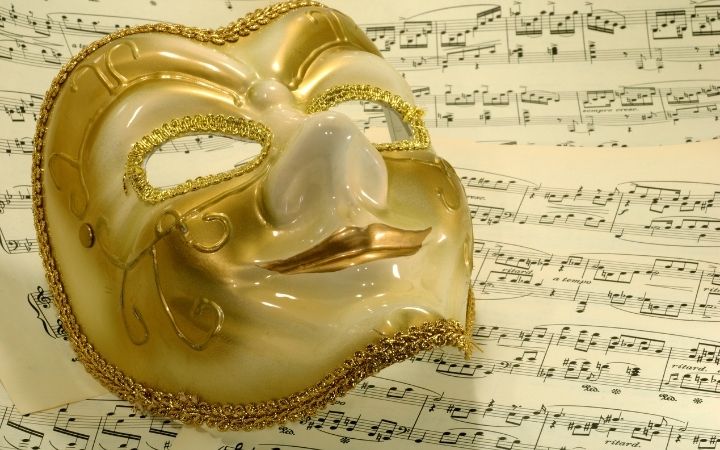
Puccini’s La Boheme
Plot
In this Italian opera, four struggling bohemians – a painter, a poet, a philosopher, and a musician live together in Paris. Their lives are changed forever during one Christmas eve. A girl named Mimi knocks on their door looking for a candlelight, and she falls in love with Rodolfo.
But, the rush of love, at first sight, leads to something darker. It becomes apparent that Mimi is sick, and poor Rodolfo cannot provide for her. The bohemians try to find their way but are awoken to the ruthless realities of life.
Performance
During the 2017 winter, Opera de Paris treated audiences to spectacular performances. In this fascinating production, Nicole Car features as Mimi and genius Gustavo Dudamel as music director.
The stage director Claus Guth uses his inventive staging to set the story in a dystopian future.
Puccini’s Tosca
Plot
Tosca is a political thriller based on three central characters. The diva from Rome, Floria Tosca, her lover Mario Cavaradossi, a painter/republican, and Baron Scarpia, the crooked Police Chief.
Scarpia has lusted for Tosca for long and finds an opportunity to kill two birds with one stone when he suspects Cavaradossi of aiding an escaped political prisoner. He manipulates Tosca into revealing where the prisoner is hiding and her lover’s involvement then having her for himself.
After Scarpia captures Cavaradossi, he offers Tosca a terrific bargain – to give herself up to Scarpia or have her lover killed. What is her choice? Who Survives?
Performance
Tosca came alive in Israel at the Negev Desert with Svetla Vassileva starring as the title heroine. Gustavo Porta took the place of her beloved Cavaradossi, and Sergey Murzaev played the corrupt police chief.
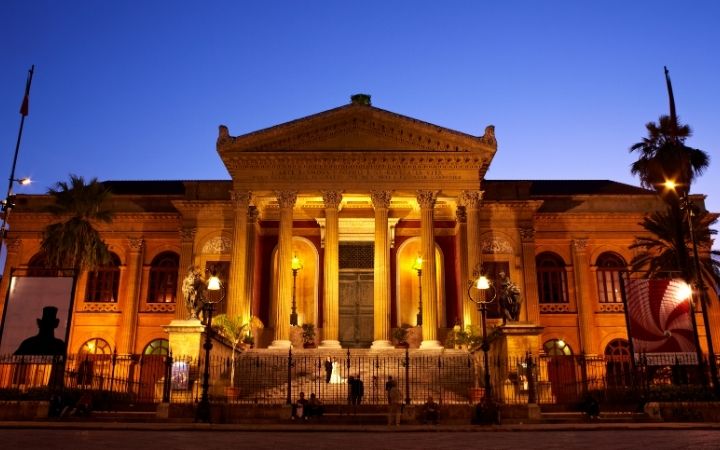
Rossini’s Armida
Plot
This three-act Italian opera is set in Jerusalem during the crusades. In the opera, the Jerusalem soldiers have lost their commander. They have a new commander, Goffredo, who is talking to them to encourage them.
A woman, Armida, appears and claims to be the rightful ruler of Damascus. She asks for the men’s help, and captivated by her beauty, they agree.
The moment they agree to help her, they set the scene for thrilling events. Armida is in love with one of the soldiers, Rinaldo. Their passion leads to rivalry in the camp, which ended in tragedy as Rinaldo killed one of his colleagues Gernando and has to flee with Armida.
Performance
One of the opera’s most outstanding performances was directed by stage director Mariame Clement and Alberto Zedda as the musical director. Carmen Romeu took on the role of Armida and Enea Scala was Rinaldo.
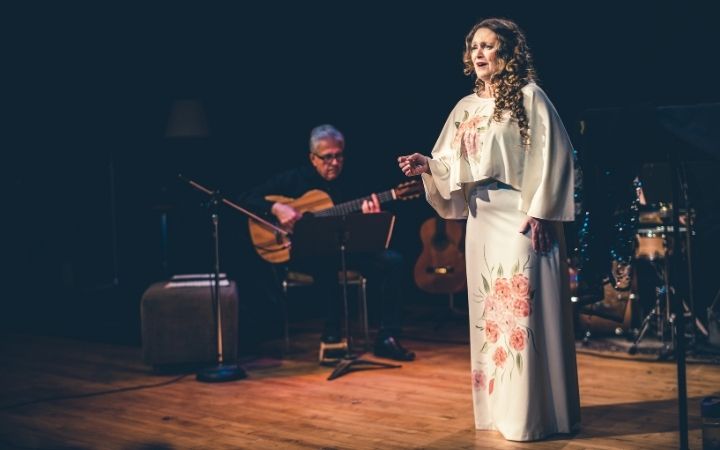
Verdi’s Attila
Plot
In this opera, Attila the Hun has successfully invaded Italy. His soldiers celebrate the victory at the conquered city of Aquileia, Attila. They bring a group of women they captured to their celebration.
The women’s leader Odabella shouts to Attila that they will remain loyal to Italy. Attila is so impressed by her courage that he grants her one wish. She asks for Attila’s sword and declares that she will use it to kill him one day to avenge her father’s death.
Performance
Arturo Gama’s fascinating production of Verdi’s Attila in 2010 is one of this opera’s best performances. Illdar Abdrazakov features as the notorious Hun coming up against the brave patriot Odabella played by Anna Markarova and her countrymen Vladislav Sulmisky as Ezio and Sergei Skorokhodov as Foresto. The Mariinsky Theatre Orchestra was led by Valery Gergiev.
Verdi’s Nabucco
Plot
In this opera, the Hebrews fight Babylonian invaders of Jerusalem in the mid 19th century in Milan. The Milan residents defend themselves against the Austrian invaders. The opera uses historical events to create a romantic yet political plot.
Performance
George Gagnidze stars in the title role in this performance that gives the opera royal treatment. Arnaud Bernard produced it in 2017 at the Roman amphitheater (Arena di Verona). Rubens Pelizzari plays Ismaele, and Susanna Branchini takes on Abigaille’e’s role. Fenena’s role is played by Nino Surguladze.
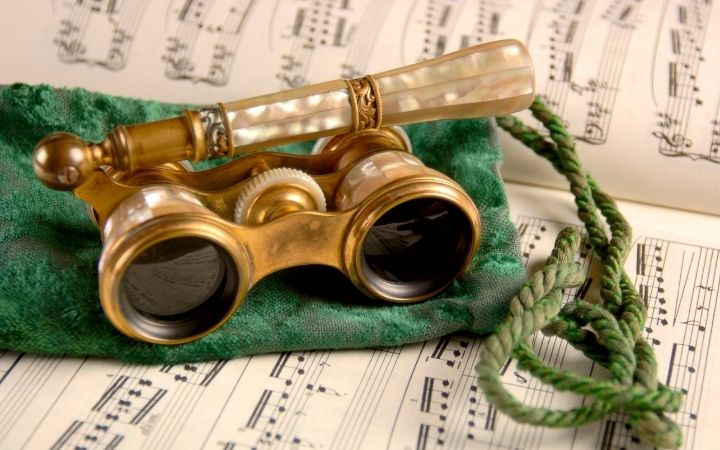
Verdi’s Rigoletto
Plot
The plot of this famous Italian opera song is based on the Duca di Mantova’s amatory adventures. Rigoletto, who is a clown, and a hunchback. His unscrupulous conduct has made him many foes at court.
Count Monterone comes to address the court after the duke defiled his daughter. The clown meets him with laughter and disdain. The court curses Rigoletto, and he is stricken with superstitious terror.
Performance
Probably the best performance of this opera was led by one of the finest stage directors Nikolaus Lehnhoff. The distribution is a blend of unmatched voices and stage presence. Zeljko Lucic interprets Rigoletto while the seductive Duca di Mantova is played by Diego Florez. Diana Damaru is casted as Gilda.
Verdi’s Aida
Plot
Aida is set in ancient Egypt in the times of the great pharaohs. The Egyptians conflict with the Ethiopians, who are threatening to attack them. The Egyptians win the war and capture Amonasro, the Ethiopian king.
Ethiopian Commander Radames and Aida, an Ethiopian slave and Amonasro’s daughter fall in love. Their love triumphs over the hatred between their people and different social status.
Performance
One of the best performances of this Italian opera was filmed at the Gran Teatre del Liceu. The cast is led by Daniela Dessi, Fabio Armiliato, Elisabetta Fiorillo, Roberto Scandiuzzi and Juan Pons. The performance is filmed against the historic paper trompe-l’oeil sets by Josep Mestres Cabanes.
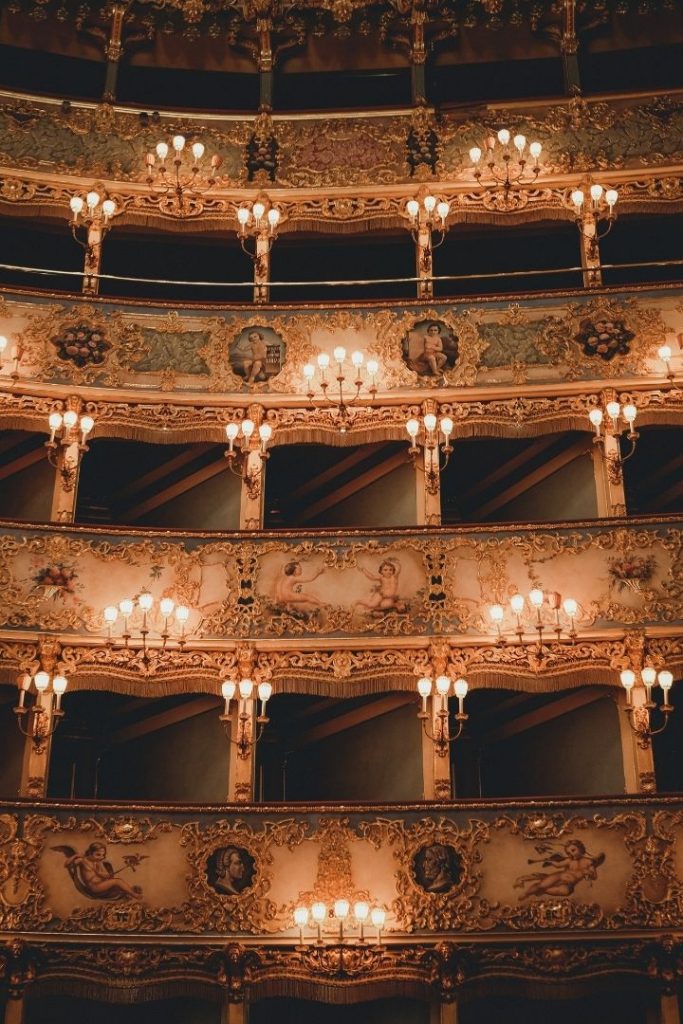
Rossini’s II barbiere di Siviglia
Plot
Count Almaviva falls in love with Rosina. However, Bartolo, her guardian, keeps her confined in his house. He wants to marry her himself because of her beauty as well as her inheritance.
The count seeks the help of local barber Figaro to outsmart Bartolo. Almaviva hides his high status and tricks his way into Bartolo’s house. He uses a series of crazy disguises and ultimately defeats his enemies and wins his love.
Performance
Stage director Annabel Arden oversaw the buffa II Barbiere di Siviglia’s epic performance at Glyndebourne in 1982. Danilelle de Niese (Rosina), Taylor Stayton (Count Almaviva), Alessandro Corbelli (Dr Bartolo) and Bjorn Burger (Figaro) all starred in the performance. Enrique Mazzola conducted the London Philharmonic Orchestra.
Donizetti’s Lucrezia Borgia
Plot
In this famous Italian opera, Lucrezia Borgia, a notorious femme fatale well-known for her ruthless pursuit of power, reveals distressing vulnerability when she meets her long lost son, Gennaro, face to face.
Performance
Renee Fleming, one of America’s renowned opera singers, returned to San Francisco Opera. She brought zeal and talent to the title role of this Donizetti masterpiece. She was joined on stage by Michael Fabiano, Elizabeth DeShong, and Vitalij Kowoljow.
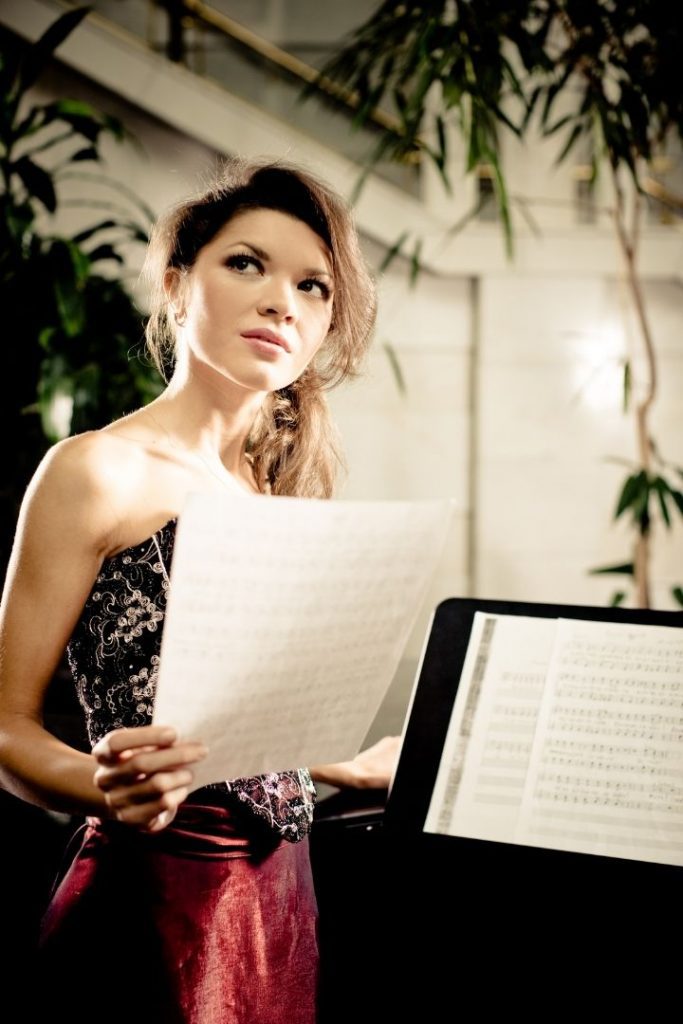
The History of the Italian Opera
It is believed that the Italian language has a close connection with music. Historians also suggest that language was part of the reason that allowed Italy to be the birthplace of opera and singing. The Italian language has many vowels and no oxytones, making it an ideal baby cot that allowed singing to flourish.
Lyric opera can be traced back to the resurgence of the Camerata de Bardi. This was a group of intellectuals and artists active in Florence who tried to recreate Greek drama storytelling. Jacopo Peri’s work (1561-1633) is the first to be considered as an Opera.
Later in the Baroque era, Opera split into opera seria – dramatic or dreadful subject and Opera buffa – comedy. The first public theater performance of opera was in 1637 in Venice. The second part of the 17th century saw the setting up of critical regional schools that helped develop opera into a genre.
Italian opera spread throughout Europe in the 17th and 18th centuries. It also attracted foreign composers like George Frideric Handel. Opera Seria was the most famous Italian opera. But over the years, it has undergone enhancements by incorporating contemporary styles, especially in the 20th century.
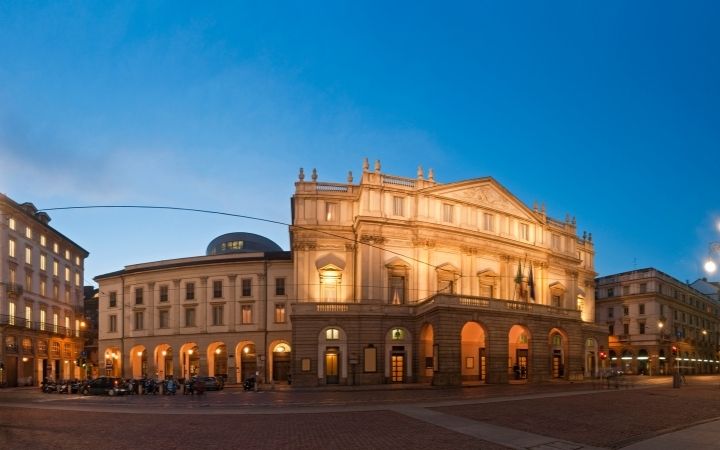
10 Interesting Facts About the Italian Opera Scene
- The term opera was derived from the Latin opus, or work. The term “soap opera” was first recorded in 1939 and was used as a derogatory term for daytime radio shows sponsored by soap manufacturers.
- After hearing the Tor di Nona’s disgraceful behavior in 1697, Pope Innocent XII (1615 – 1700) declared the opera house immoral and ordered that it be burned down.
- In the opera seria of the 18th century, the lead singers used to stand in ballet’s third position with bowlegged bent knees with their heels together and one ankle in front of the other. They stayed in that position until the Italian opera song was over.
- After an opera performance, it is proper to yell bravo (for a man) and brava (for a woman). To cheer for two or more singers, you can use the plural word bravi. If it is an all-women group, you can yell brave (BRAH-vey).
- The first performance of Puccini’s Madama Butterfly was one of the worst opera flops of all time. During the performance, the audience booed and made cow, goat, and bird calls. Nevertheless, Madame Butterfly became one of the most famous Italian Opera songs.
- The first public Italian opera house, San Cassiano, was opened in Venice in 1637. It is here that the “father of opera,” Claudio Monteverdi shifted the focus from dialogue-based opera to a more musical opera. He helped elevate Venice to be the opera capital of the world.
- Opera Salome by Richard Strauss in 1905, which was about Salome and John the Baptist, was so graphically brutal that it was forbidden at the Metropolitan Opera in New York for many years.
- Johann Sebastian Bach created a mini-opera about addiction to coffee.
- Luciano Pavarotti got 165 curtain calls in February 1988 after he had sung in Donizetti’s L’elisir d’amore in Berlin.
- The most famous opera was written by Gioacchino Rossini (1792 – 1868) titled The Barber of Seville in merely two weeks.
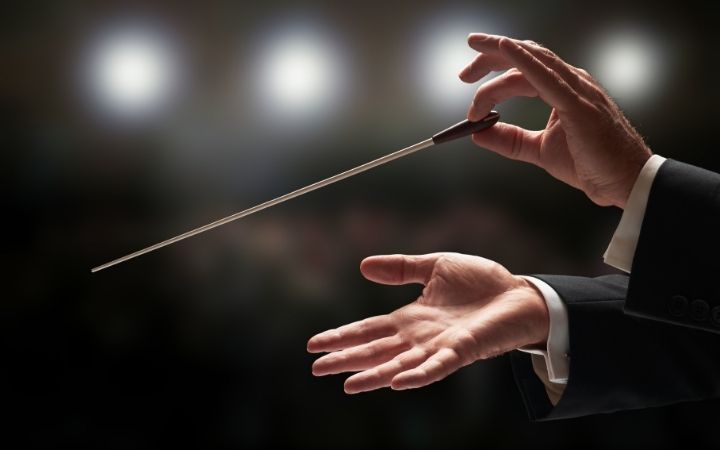
Famous Italian Opera Composers
There are many Italian opera composers, but there are those regarded as the most talented. Their contributions led to significant enhancements to the opera scene. Some of the most famous Italian opera composers include:
- Jacopo Peri (1561 – 1633) – from Florentine, composed the first-ever opera, Dafne (1598). He also wrote the first surviving opera, Euridice, in 1600.
- Francesca Caccini (1587 -1641) – also known as “La Cecchina”. She wrote the oldest opera bay a female composer titled La liberazione di Ruggiero.
- Claudio Monteverdi (1567 – 1643)- is celebrated as the first prominent opera composer.
- Francesco Cavalli (1602 – 1676) – was a significant force in spreading opera throughout Italy and became a famous Italian opera master.
- Gaetano Donizetti – (1797 – 1848) – is acknowledged as one of the masters of the bel canto style.
- Gioachino Rossini – (1792 – 1868) – he a top Italian opera singer linked bel canto with Grand Opera. He composed one of the greatest operas of all time, Barber of Seville.
- Guiseppe Verdi (1813 – 1901) – evolved his long composing career over time.
- Giacomo Puccini – (1858 – 1924) – is regarded as the true successor of Guiseppe Verdi in Italian opera. Tosca, La Boheme, and Madama Butterfly are among the most respected famous Italian opera song collections today.
- Gian Carlo Menotti (1911 – 2007) – famous Italian-American composer. He was the first to write an opera specifically for television.
The Final Tune
As you can see, Italian opera has come a long way. Perhaps its rich history is what makes it very famous worldwide. So, do you have a favorite Italian opera song? If you did not have one, the Italian opera history covered in this piece would help you select one.
If you cannot visit an Italian opera house, don’t despair. Some of the most popular operas, including Italian opera lyrics by the best Italian opera composers, are available in HD. You have no excuse! Godere!

Community of passionate writers and content creators who share a love for Italian heritage, culture, travel, food, and the Italian-American community. Our mission is to celebrate Italy’s rich history and traditions and connect with others who share the same passion.

